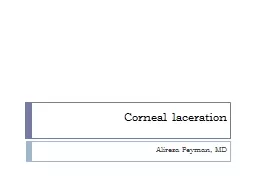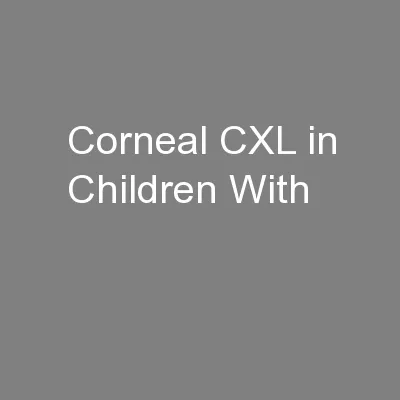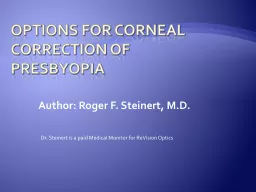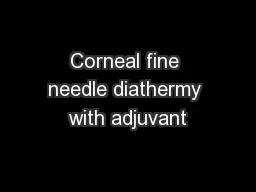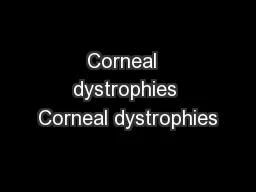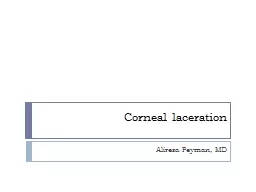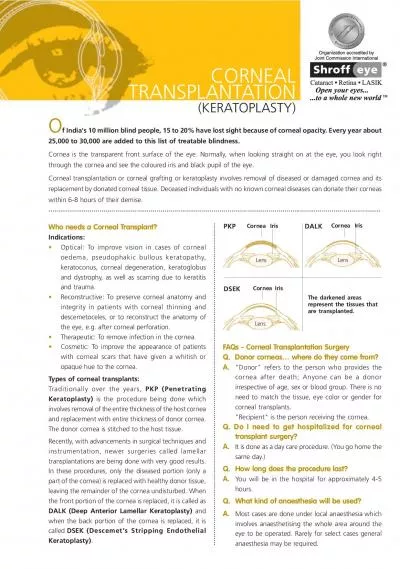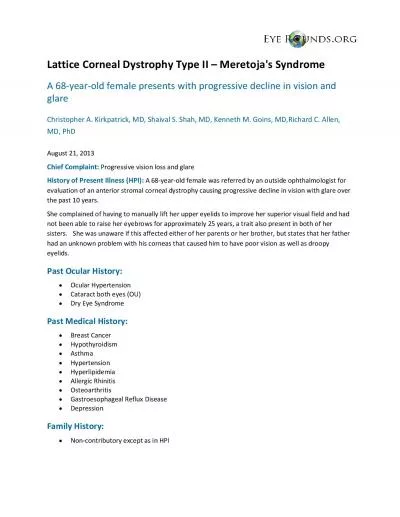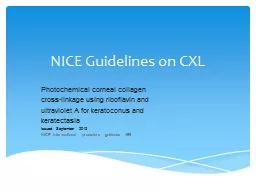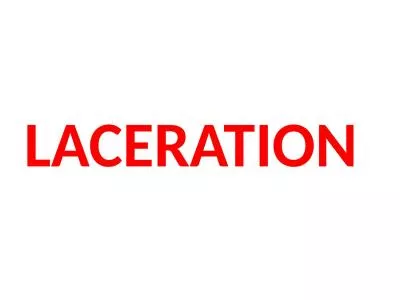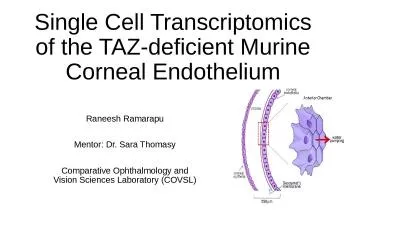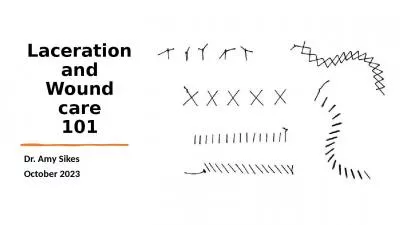PPT-Corneal laceration
Author : tawny-fly | Published Date : 2015-11-15
Alireza Peyman MD Surgical repair The primary goal is to achieve a watertight globe and maintain structural integrity Secondary goals include removing any
Presentation Embed Code
Download Presentation
Download Presentation The PPT/PDF document "Corneal laceration" is the property of its rightful owner. Permission is granted to download and print the materials on this website for personal, non-commercial use only, and to display it on your personal computer provided you do not modify the materials and that you retain all copyright notices contained in the materials. By downloading content from our website, you accept the terms of this agreement.
Corneal laceration: Transcript
Download Rules Of Document
"Corneal laceration"The content belongs to its owner. You may download and print it for personal use, without modification, and keep all copyright notices. By downloading, you agree to these terms.
Related Documents

